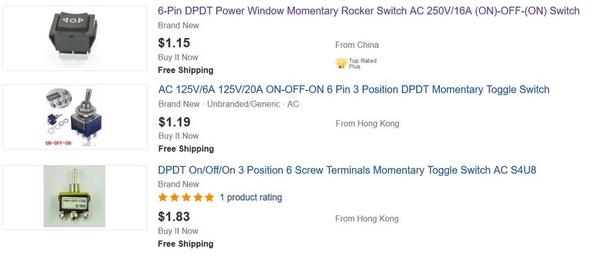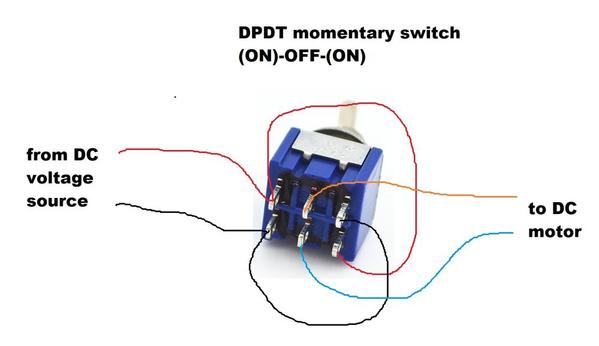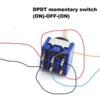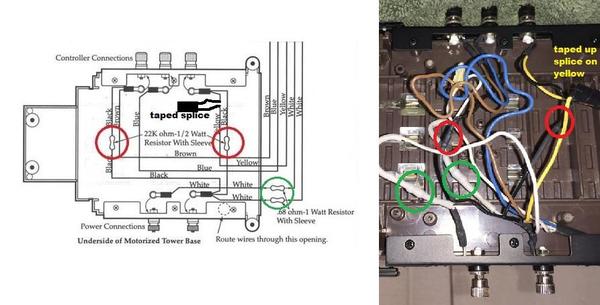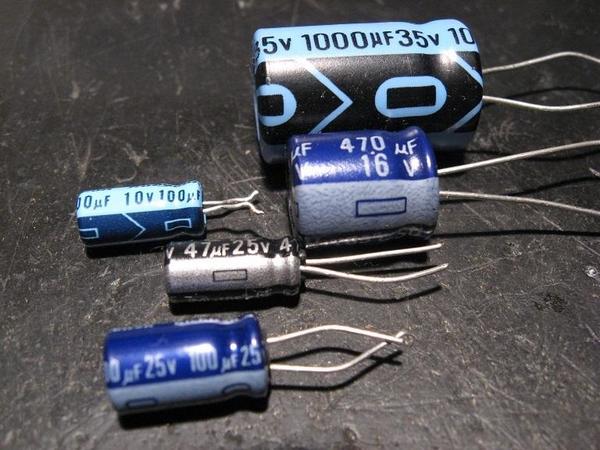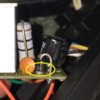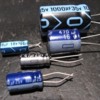Just installed, or am trying to install, the lift bridge. Problem is the lift will not shut off, if power is to the track the motor is running raising it, can't shut if off. If I put the lift controller to the lower position it stops but will not lower, let off of the lower switch and it raises again. The track works as it should if the bridge is down the train can go thru the insulated section, if the bridge is up the train stops past the insulated section.
I wired the controller like the manual said. As far as the bridge there is one section of track on either side of the bridge then isolation pins in the center rail on the outside of these sections. I put lockons on the outside of the pin section, then ran a wire from the hot rail to the single post on the back of the bridge. On the double post side I put a lockon on the outside of the insulated section then ran a hot wire and common wire to these 2 posts.
What am I doing wrong? Thanks






